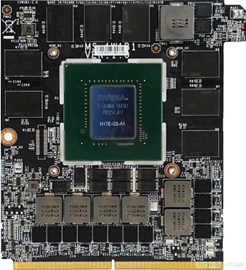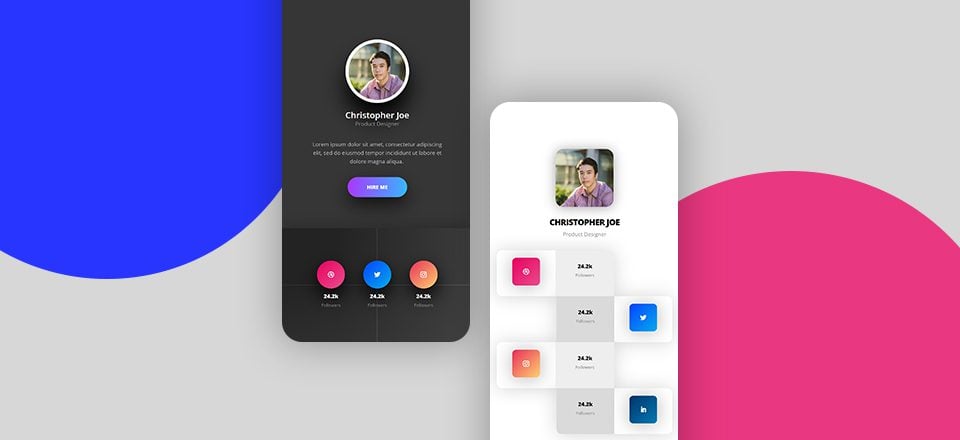
EFI BIOS IC Chip Card for MacBook Pro 13" a1708 MID 820 00840 EMC3164 / 820 00875 EMC 2978|Mobile Phone Flex Cables| - AliExpress
Microcircuit with BIOS Chip Line Icon, Pcrepair Concept, BIOS Chip Vector Sign on White Background, BIOS Chip and Arrow Stock Vector - Illustration of lubrication, bios: 217847085
Microcircuit With Bios Chip Thin Line Icon Pcrepair Concept Bios Chip Vector Sign On White Background Bios Chip And Arrow Outline Style For Mobile Concept And Web Design Vector Graphics Stock Illustration -

Amazon.com: BZBYCZH CMOS Battery Compatible for FUJITSU ESPRIMO Mobile M9400 CMOS Battery BIOS RTC : Electronics

For Macbook Air /pro Efi Bios Ic Chip Programmer Read Write A1370 A1466 A1465 A1398 A1502 A1534 A1706 A1707 A1708 - Mobile Phone Flex Cables - AliExpress

OC/Undervolt through secret BIOS Menu - MSI M15 Stealth 2021 11375h & 3060 RTX Mobile : r/MSILaptops










:max_bytes(150000):strip_icc()/how-to-enter-bios-2624481-0b742ec450be4a568fe22ea2ce7bcfff.png)





